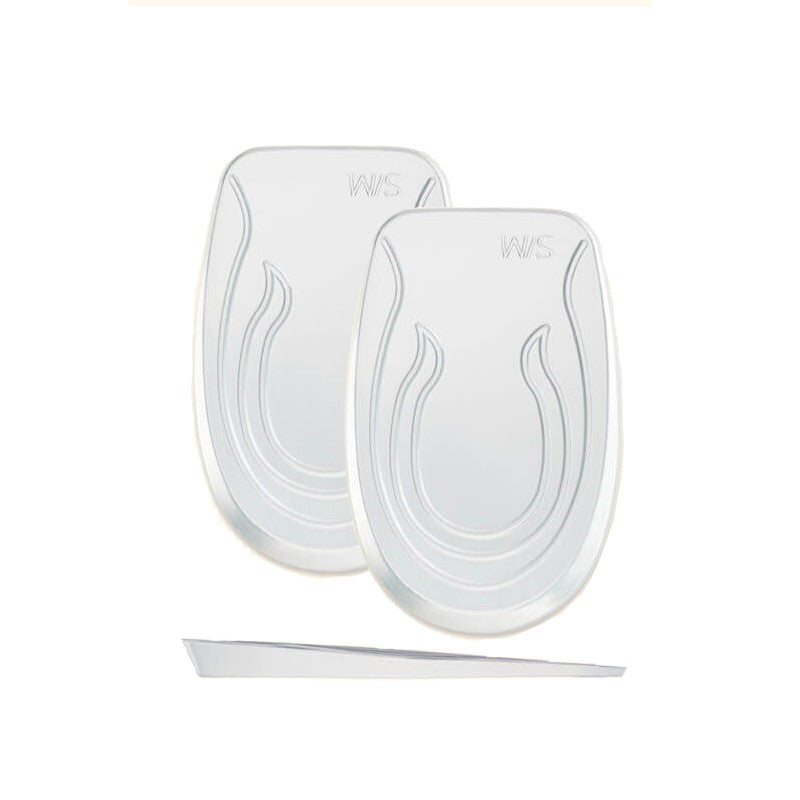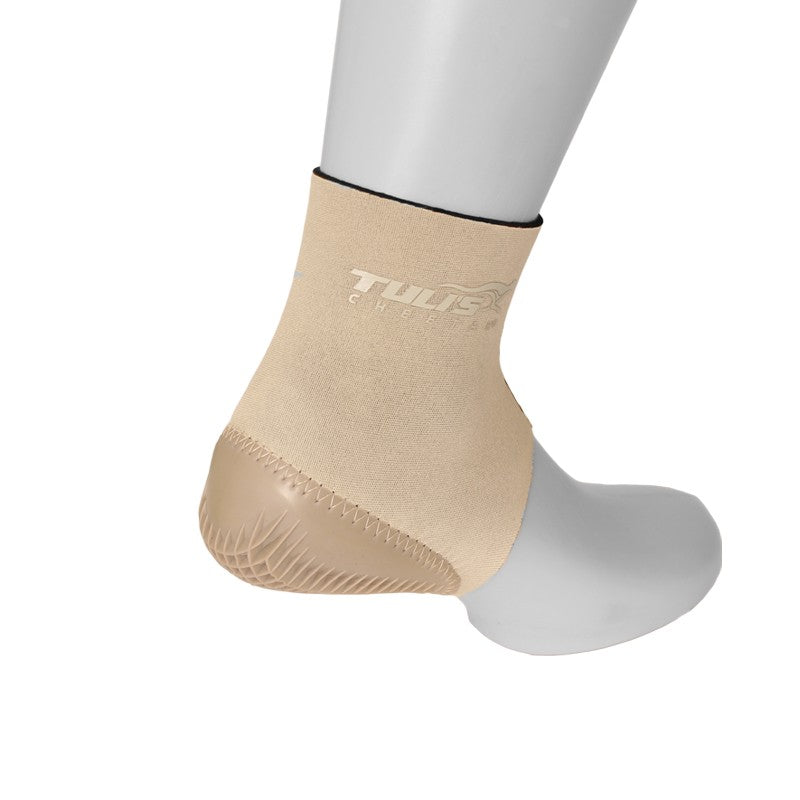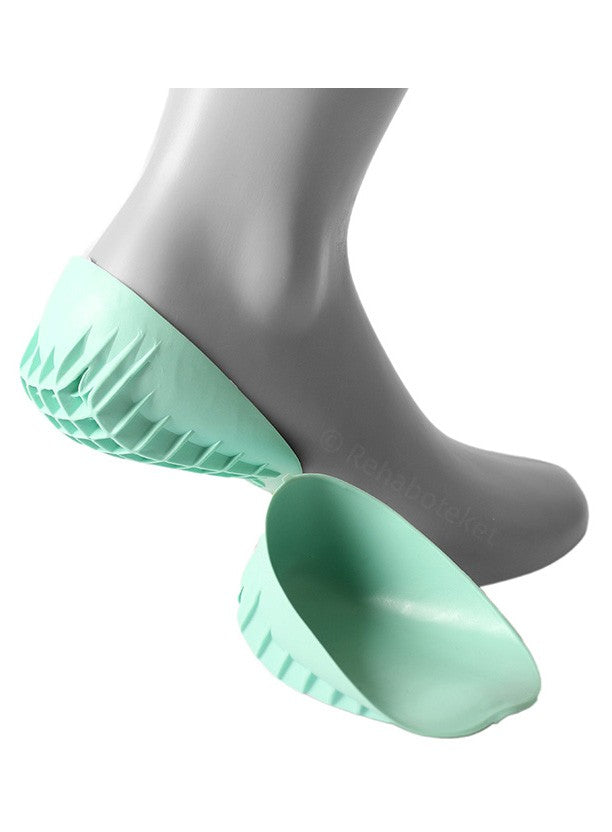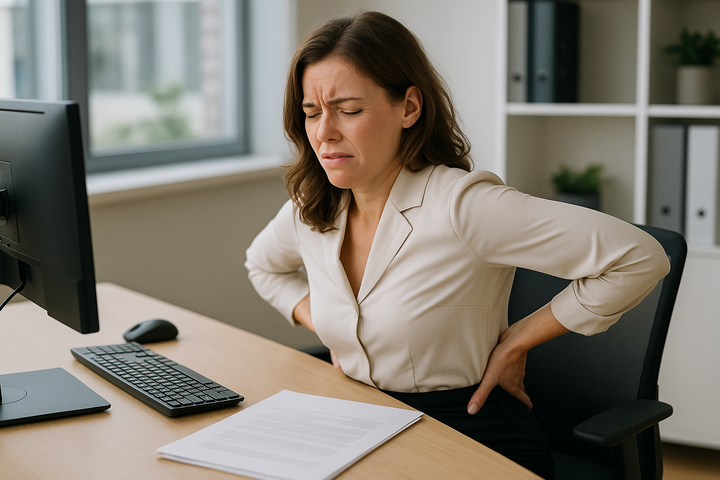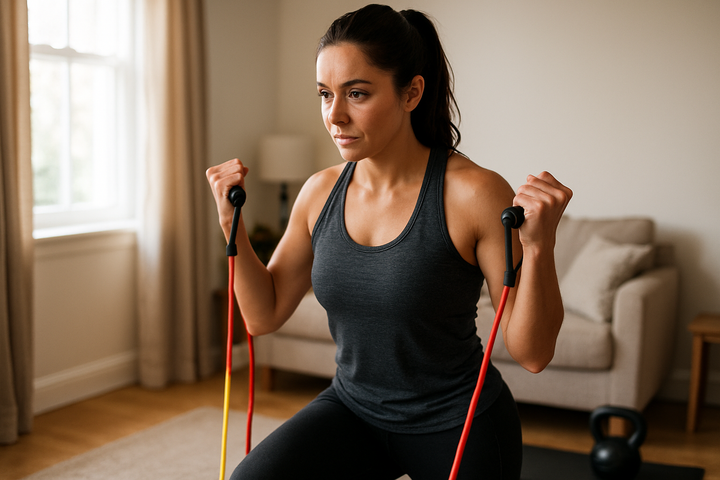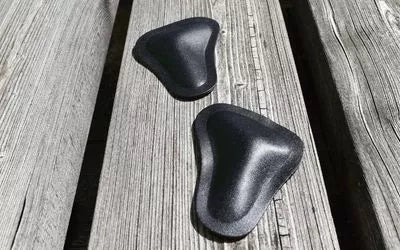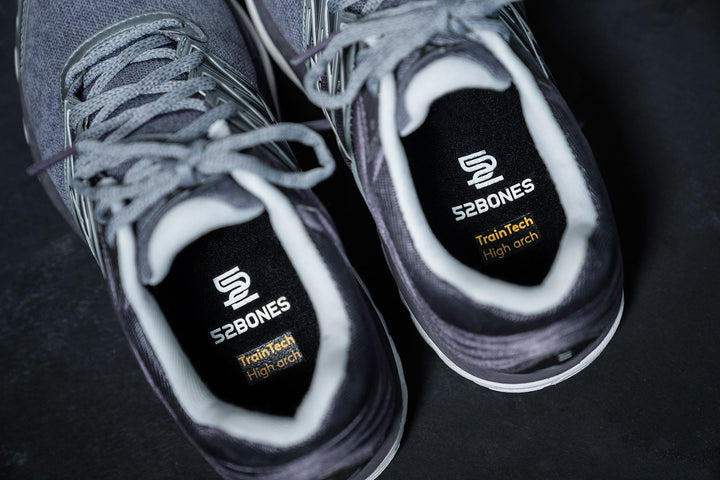
Heel pain when you walk, stand or get out of bed? Then it could be a heel spur or plantar fasciitis – one of the most common causes of long-term heel pain. The condition affects both athletes and people who stand a lot at work. Here we go over what a heel spur is, common symptoms and – most importantly – what not to do if you suffer from it.
What is heel spur (plantar fasciitis)?
A heel spur is an irritation or inflammation of the tendon attachment at the bottom of the foot, where the strong connective tissue called the plantar fascia attaches to the heel bone. The plantar fascia acts as a support for the arch of the foot and absorbs shock when you walk or run.
With repeated strain, small tears can occur in the tendon, leading to pain on the front or underside of the heel. The name heel spur comes from the fact that a small bony growth can sometimes form on the heel bone – but it is not the growth itself that hurts, but the tissue around it.
Who is affected by heel spurs?
Heel spurs can affect anyone, but certain groups are more vulnerable:
- People who stand or walk a lot in their work
- Runners and athletes
- People with overweight
- Those with flat feet or high arches
- Those who use shoes without support or cushioning
Common mistakes to avoid when dealing with heel spurs
Many people make mistakes that worsen the pain and prolong the healing process. Here are 6 things you should avoid:
1. Ignoring the pain
"Bit on it" and continuing as usual often leads to worse inflammation. Early rest and relief are crucial.
2. Going barefoot
Barefoot on hard floors provides minimal support and increases pressure on the tendon attachment. Use indoor shoes or slippers with shock absorption – preferably with cushioning inserts.
3. Wearing the wrong shoes
Flat, worn or thin shoes make the problem worse. Avoid canvas shoes, flip-flops and old running shoes. Instead, choose shoes with a stable sole, built-in arch support and good cushioning.
4. Overexertion
Continued running or long walks on hard surfaces can worsen the pain. Choose gentler alternatives such as cycling, swimming or weight training without putting any strain on the foot.
5. Skipping stretching
Stiffness in the calf muscles and Achilles tendon increases the strain on the plantar fascia. Stretching of the calf muscles and sole of the foot should be done daily.
6. Not using assistive devices
Heel cups , orthotic inserts, support stockings or night socks can speed up healing. Without these, you risk a longer recovery time.
What can you do instead?
To speed up healing and relieve pain from heel spurs, you can:
- Relieve the foot – reduce walking on hard surfaces
- Wearing the right shoes – with arch support and shock absorption
- Stretch daily – especially the calf muscles and soles of the feet
- Cool the foot – short ice treatments reduce inflammation
- Using assistive devices – such as a heel cup, insole or night splint
Summary – heel spurs are treatable
Heel spurs are an annoying but treatable condition. Many people make the problem worse by walking barefoot, wearing the wrong shoes, or ignoring the pain. With the right relief, support, and aids, you can speed up your recovery and reduce the risk of long-term problems.
At Rehaboteket you will find a wide range of aids for heel spurs – from heel cups to orthopedic inserts, night splints and socks with special compression and support over the heel.
